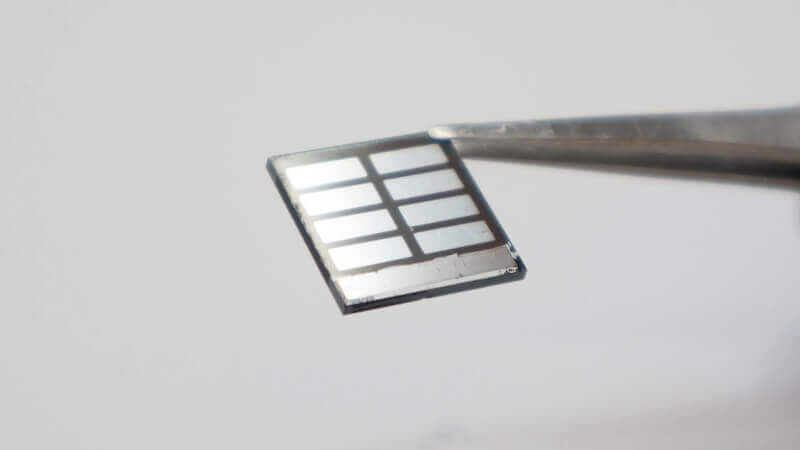
Researchers from Hong Kong have developed a method that significantly increases the efficiency and durability of perovskite solar cells. To do this, they treated the solar cells at the molecular level.
Researchers at the Hong Kong University of Science and Technology (HKUST) have developed a novel molecular treatment that significantly improves the efficiency and durability of perovskite solar cells. The discovery could accelerate the industrial production of renewable energy.
Perovskite is a promising material for photovoltaic systems that can convert light into electricity. The researchers investigated passivation methods to reduce the number of defects in the materials. They focused on “amino-silane” molecules to improve the solar cells.
Perovskite solar cells reach record values through passivation
Passivation is crucial for increasing the efficiency of perovskite solar cells. However, previous methods did not lead to long-term stability. For the first time, the team showed how various amines can improve the surfaces of perovskite films. Using various methods, they identified molecules that significantly increase the photoluminescence quantum yield.
This indicates fewer defects. The method is crucial for the development of tandem solar cells that combine different layers with different band gaps. This allows systems to make optimal use of the entire solar spectrum. In experiments, the team achieved the best results reported to date in terms of energy conversion efficiency.
Cells still perform well after 1,500 hours
The long-term stability of the passivated cells was also evidently convincing. Under a standardized test protocol, the maximum power point efficiency (MPP) and the energy conversion efficiency (PCE) remained stable even after 1,500 hours. Professor Lin Yen-Hung emphasized that the treatment not only improves efficiency and durability, but is also compatible with industrial production.
The similarity to existing processes in the semiconductor industry suggests that the method can be easily integrated into existing manufacturing processes. These developments could pave the way for wider application of perovskite solar cells and advance the use of renewable energy worldwide.
Also interesting:
Source: https://www.basicthinking.de/blog/2024/08/10/perowskit-solarzellen-2/


